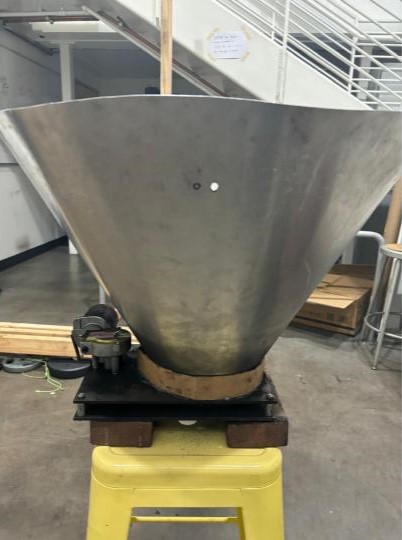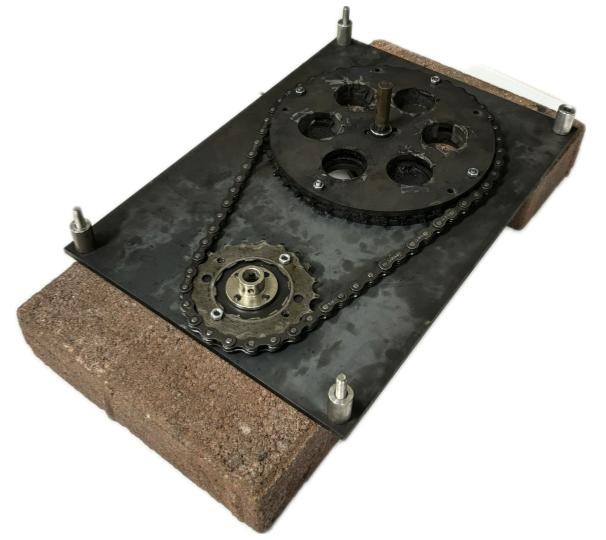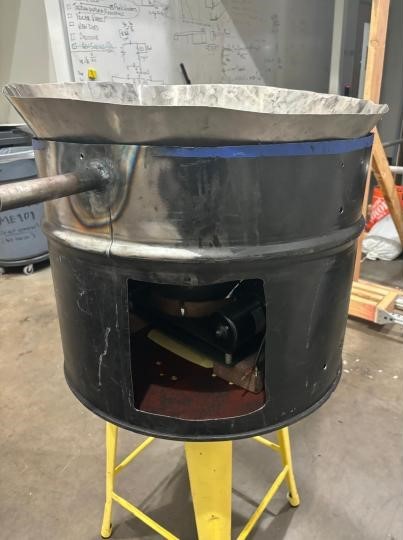
Automatic Coal Feeder
A feeding mechanism to reduce dangerous pollution from excess coal burning.
- Date September 2023 - May 2024
Project Motivation
Clay bricks are the primary building material in Bangladesh. To make them, 8000+ coal-fired brick kilns the size of a football field are spread across the country. These kilns are fed by hand, leading to suboptimal combustion and creating a public health air pollution crisis in the country. This project was my Mechanical Engineering capstone project.
Goal
Create a device that can be cheaply manufactured in Bangladesh to automatically feed coal into brick kilns.
Responsibilities
I was the “liaison interface,” in charge of communicating with the Woods Institute and our engineering counterparts in Bangladesh. I relished working across a language barrier, and worked hard to understand the Bangladeshi team’s findings. I also took a lead role in coming up with innovative improvements we could make, as well as testing our final product.





The automatic coal feeder project has been a part of the mechanical engineering capstone course for five years. Previous years’ teams have created a prototype; our team was tasked with improving the reliability of this device. Towards that end, I helped take apart the previous prototype, noting possible improvements. For example, I noticed the ball bearings were clogged with coal dust, so I proposed we replace them with oil-embedded bearings. The handover of information from the previous year’s team was insufficient, so I sought out previous team members to help us understand the system. We navigated constantly changing requirements, such as what feed rate of coal was needed, and the moisture level of the coal. We made a new prototype with increased reliability, and ran it through a series of tests to verify its reliability. While the device needs more work before it’s used, I’m excited to have been able to push this device closer to helping such a large-scale problem.